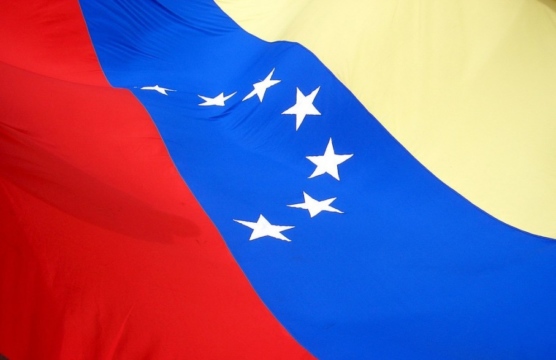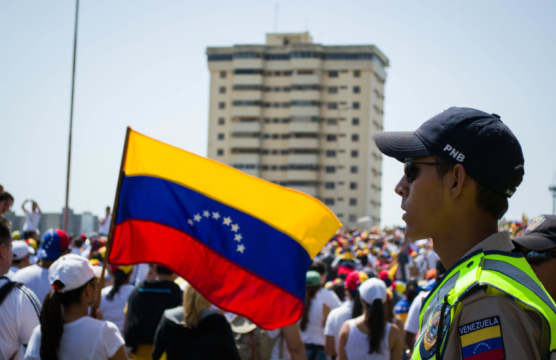
Falling Oil Prices Push Venezuela, Maduro Closer to the Edge
With crude oil prices down 25 percent since June and holding at roughly $86 a barrel on Tuesday, Venezuela is getting nervous.
This post is also available in: Español
Just weeks ago, there was virtually no hope that Venezuela’s economic and humanitarian crisis would soon be eased. President Nicolás Maduro seemed to face no serious challenge to his increasingly repressive and corrupt rule. Despite some discontent in the armed forces, high-level officers appeared to stand with him. Today, with the appearance of a credible rival to Mr. Maduro, Venezuela’s future hinges on those very same officers.
Until now, Mr. Maduro has been particularly lucky that his political foes have been unable to cohere into an effective resistance with a clear strategy and forceful leadership. His opponents’ weakness was in part the result of repeated government crackdowns that instilled widespread fear. But on Wednesday it was evident that Mr. Maduro’s luck had run out and that void was being filled in dramatic fashion by a relatively unknown leader who declared himself the country’s legitimate president before thousands of supporters in Caracas.
His name is Juan Guaidó, and he is the 35-year-old president of the National Assembly who led the broad-based nationwide protests that demonstrated ordinary Venezuelans’ anger over Mr. Maduro’s rule. Mr. Guaidó, who was elected the assembly’s president only a few weeks ago, has been largely untainted by Venezuela’s tired political squabbles.
His messaging stands in sharp contrast to that of previous opposition figures, who castigated Mr. Maduro and, before him, President Hugo Chávez, and were unable to connect with Venezuelans who approved of Mr. Chávez’s left-leaning policies. Strikingly, the rally on Wednesday featured protesters from across the socioeconomic spectrum, including some from areas that had once been Chavista strongholds. They seemed to be drawn to Mr. Guaidó’s refreshing style and vision of taking the country forward and not returning to the pre-Chávez era, an elite-dominated period of social inequality and economic collapse.
[...]
With crude oil prices down 25 percent since June and holding at roughly $86 a barrel on Tuesday, Venezuela is getting nervous.
Can the government led by Nicolas Maduro survive the wave of street protests that have spread throughout Venezuela over the past two weeks?
Deadly protests, the largest since President Nicolás Maduro’s election last year, have wracked Venezuela in recent weeks.
 AFP / Juan Barreto / Flickr / CC BY 2.0
AFP / Juan Barreto / Flickr / CC BY 2.0
